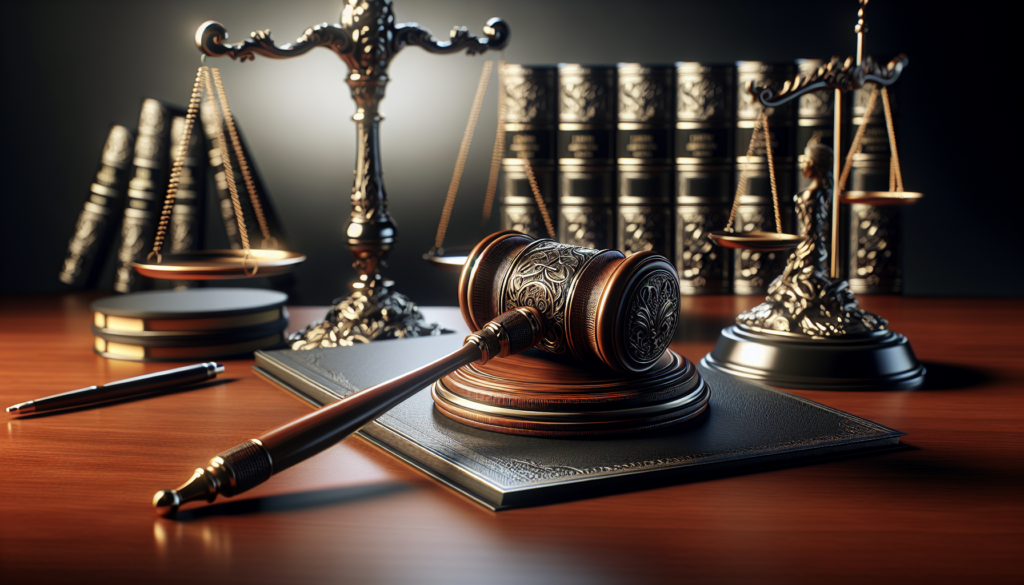
The Chapter 13 meeting of creditors, also known as the 341 meeting (named after Section 341 of the Bankruptcy Code), is a mandatory part of the bankruptcy process. This meeting provides an opportunity for the bankruptcy trustee and creditors to ask the debtor questions under oath about their finances and the proposed repayment plan. Here’s what typically happens at a Chapter 13 meeting of creditors:
- Introduction by the Trustee
The meeting is conducted by the bankruptcy trustee assigned to the case. The trustee starts the meeting by introducing themselves and explaining the purpose of the meeting. Debtors are required to provide a valid photo ID and proof of their Social Security number for verification purposes.
- Verification of Identity and Legal Compliance
The trustee verifies the debtor’s identity and may ask questions to confirm the accuracy of the bankruptcy petition, schedules, and documents filed with the court. This includes verifying the debtor’s income, expenses, assets, and debts as listed in the bankruptcy paperwork.
- Questions from the Trustee
The trustee asks the debtor a series of questions to understand the debtor’s financial situation better and to ensure that the proposed Chapter 13 repayment plan is feasible and complies with bankruptcy laws. Questions may cover topics such as:
- The debtor’s employment and income sources.
- Any assets owned and their values.
- Monthly living expenses and budget.
- How the repayment plan was calculated.
- Whether all debts and assets have been accurately disclosed.
- Any changes in the debtor’s financial situation since filing for bankruptcy.
- Creditors’ Opportunity to Ask Questions
Although it’s called a “meeting of creditors,” it’s relatively rare for creditors to actually attend. If they do, creditors may ask the debtor questions regarding the repayment plan, the debtor’s assets, or any other matters that might affect their claims. However, this is not a forum for creditors to harass the debtor or dispute the validity of the debt.
- Discussion of the Repayment Plan
The trustee and any attending creditors may discuss the terms of the repayment plan, including the payment amount, duration, and how different types of debts will be treated. The trustee evaluates whether the plan complies with bankruptcy laws and whether it appears the debtor can make the proposed payments.
- Instructions from the Trustee
The trustee may provide the debtor with additional instructions or requirements to fulfill before the repayment plan can be confirmed by the bankruptcy court. This might include submitting additional documentation or making adjustments to the repayment plan.
- Next Steps
After the meeting, if there were no objections and the trustee is satisfied with the debtor’s information and proposed plan, the process moves towards the confirmation hearing. If issues were raised, the debtor might need to take further actions, such as amending their bankruptcy filings or negotiating with creditors.
Conclusion
The Chapter 13 meeting of creditors is a critical step in the bankruptcy process, allowing the trustee and creditors to review and question the debtor’s financial situation and repayment plan. While the prospect of this meeting can be daunting for debtors, understanding its purpose and what to expect can help prepare for a smooth and successful meeting. It’s also beneficial for debtors to be represented by a bankruptcy attorney, who can provide guidance and support throughout the process.

Get a Free Bankruptcy Case Evaluation